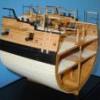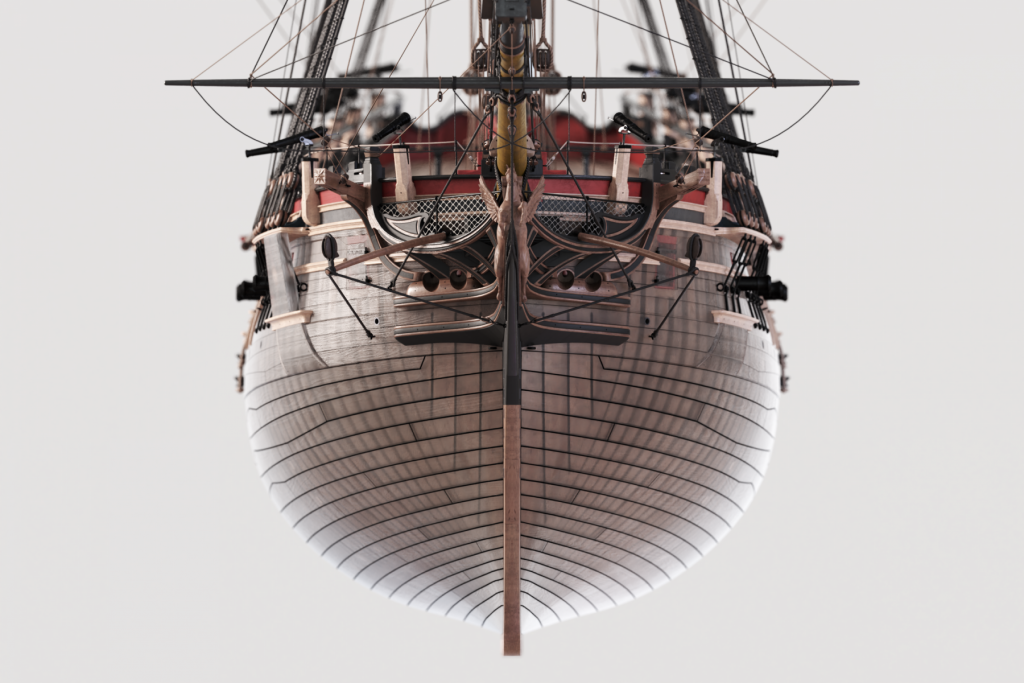-
Posts
2,457 -
Joined
-
Last visited
Content Type
Profiles
Forums
Gallery
Events
Everything posted by dvm27
-
It's my understanding that Sparex is only effective when it is very hot solution. I'm sure any jeweler in the UK would have pickling solution.
-
It's the lighting Mark. They are black. One could leave them in the blackening solution for a longer length of time to deepen the color. In that case I'd recommend a more dilute solution over a longer period of time.
-
For those of you who have had hit or miss success with blackening I have found the following techniques to work consistently and create a durable finish that won't rub or flake off. Most of the products are available from Beaducation, a jewelry supply store that also has great learning videos https://www.beaducation.com/pc/393-jewelry-making-tools-soldering-fusing-tools. Check it out. The change I have made is that I now use Sparex on all my brass parts prior to blackening. Anyone doing silver soldering should have Sparex and a small pickle pot in their arsenal (see above link). The heated pickling solution removes oxide (and solder remnants) from the surface of the brass. I used to just soak the piece in acetone or alcohol to degrease but had some failures. Not so with the Sparex. These are my steps: Pickle for 10-15 minutes. You must use copper tongs! I just keep my solution covered when not in use and it lasts for months. Do not forget to unplug or you will need a new crock pot (ask me how I know)! It does not have an on-off switch. Place the brass items into a baking solution/water bath for a few minutes to neutralize the solution. If you fail to do this you will get uneven blackening (ask me how I know (again)! This is how they look after pickling. Clean as a baby's bottom. Place the brass objects in an acetone solution for ten minutes or so. I have also used isopropyl but acetone seems to work better for me. Keep covered and don't inhale the acetone! Use only disposable gloves to handle the objects from this point on. Any grease from your fingers will prevent the blackening solution from adhering. Prepare the blackening solution. I use hot water and Jax Blacken it. I use somewhere around a 1:7 ratio but in truth I just eyeball it. Place the brass objects into the solution and gently agitate so all surfaces are exposed. After 3-4 minutes rinse flush out the solution with warm water for a couple of minutes until it is clear. I do not reuse the blackening solution as it is inexpensive and seems to lose its potency after mixing. Dump the brass objects on a paper towel and gently blot dry. There will be an uneven powdery surface but this is normal. Allow to dry for 10-15 minutes. Use an eyeglass cleaner or old tee shirt to gently remove the surface covering then continue to rub. An evenly blackened surface should appear. You can also use a cloth polishing wheel at low speed to get into the nooks and crannies. And here's the final product. No streaks, blemishes or chips. I hope you find this useful. Next up, if interested, is how I conquered silver soldering (finally).
-
A "Good morning" post from Amalio is my favorite way to start the day! Flawless workmanship as always.
-
That's one crappy looking boat Gary! And I hope you'll take that as the highest compliment.
-

1:48 boiler
dvm27 replied to Bitao's topic in Discussion for a Ship's Deck Furniture, Guns, boats and other Fittings
Now that is extraordinary work! May I ask what scale they are? A small ruler or pencil might help us better appreciate their size. -

1:48 boiler
dvm27 replied to Bitao's topic in Discussion for a Ship's Deck Furniture, Guns, boats and other Fittings
Your work looks very nice (I think) but too small to fully appreciate. I have posted very hi-resolution photos here so perhaps you need to change camera settings? -
Both models look beautiful. Mike, you weren't tempted to put Chuck's figure head on your model for a photo op? Or slip it into your pocket,,,
- 1,784 replies
-
- winchelsea
- Syren Ship Model Company
-
(and 1 more)
Tagged with:
-

ancre La Belle 1684 by Oliver1973 - 1/36
dvm27 replied to Oliver1973's topic in - Build logs for subjects built 1501 - 1750
Lovely work!. Are you familiar with the models and research of Texas A&M University who excavated her? If not check out http://nautarch.tamu.edu/model/report1/bellehull.htm -

Mini Lathe recommendations?
dvm27 replied to jfinan's topic in Modeling tools and Workshop Equipment
Depending on the lengths of the mast and spars you wish to make the lathe may not be the best choice due to deflection of the piece towards the center. Sherline does offer a steady rest but in a yard with an octagonal midsection this feature doesn't work well. -
Chuck sets a very high bar, Mike. One could easily confuse your work with his. Always look forward to your updates!
- 607 replies
-
- winchelsea
- Syren Ship Model Company
-
(and 1 more)
Tagged with:
-
Marvellous model Alex. Didn't you make two of them? Hard to tell from the photos but at least one of the plans is Atalanta, a Swan class vessel. The class is featured in the four volume series by David Antscherl with every detail included. Plans and books are available from Sea Watch Books. Would love to see the quick and easy method you used to make the hull.
-
The volute detail and molding looks excellent, Chuck. It's hard to believe they're laser cut!
- 1,784 replies
-
- winchelsea
- Syren Ship Model Company
-
(and 1 more)
Tagged with:
-
Like Druxey, my experience with cutting cover slips neatly was virtually non-existent. Well done!
-
Atalanta would make a lovely model. If you use the NMM model as a basis, with it's lovely color palette, it's a guaranteed winner!
-

Swan class 3D model in progress
dvm27 replied to dvm27's topic in CAD and 3D Modelling/Drafting Plans with Software
Our fully rigged Swan class 3D model is almost complete. How cool would it have been to have this photo when building your fully framed model? The CD should be ready later this year. Kudos to Denis!- 141 replies
-
- pof swan series
- swan
-
(and 1 more)
Tagged with:
-

Airplanes and Tanks in plastic by Jörgen
dvm27 replied to Jörgen's topic in Non-ship/categorised builds
Outstanding work, Jorgen. Airplane model details are so much cooler than when I was a kid. The cockpit detail, especially, is amazing (color PE details!). I find it amusing that aircraft modelers seem inclined to weather their models for a more realistic appearance while us ship modelers prefer a more pristine approach.
About us
Modelshipworld - Advancing Ship Modeling through Research
SSL Secured
Your security is important for us so this Website is SSL-Secured
NRG Mailing Address
Nautical Research Guild
237 South Lincoln Street
Westmont IL, 60559-1917
Model Ship World ® and the MSW logo are Registered Trademarks, and belong to the Nautical Research Guild (United States Patent and Trademark Office: No. 6,929,264 & No. 6,929,274, registered Dec. 20, 2022)
Helpful Links
About the NRG
If you enjoy building ship models that are historically accurate as well as beautiful, then The Nautical Research Guild (NRG) is just right for you.
The Guild is a non-profit educational organization whose mission is to “Advance Ship Modeling Through Research”. We provide support to our members in their efforts to raise the quality of their model ships.
The Nautical Research Guild has published our world-renowned quarterly magazine, The Nautical Research Journal, since 1955. The pages of the Journal are full of articles by accomplished ship modelers who show you how they create those exquisite details on their models, and by maritime historians who show you the correct details to build. The Journal is available in both print and digital editions. Go to the NRG web site (www.thenrg.org) to download a complimentary digital copy of the Journal. The NRG also publishes plan sets, books and compilations of back issues of the Journal and the former Ships in Scale and Model Ship Builder magazines.



